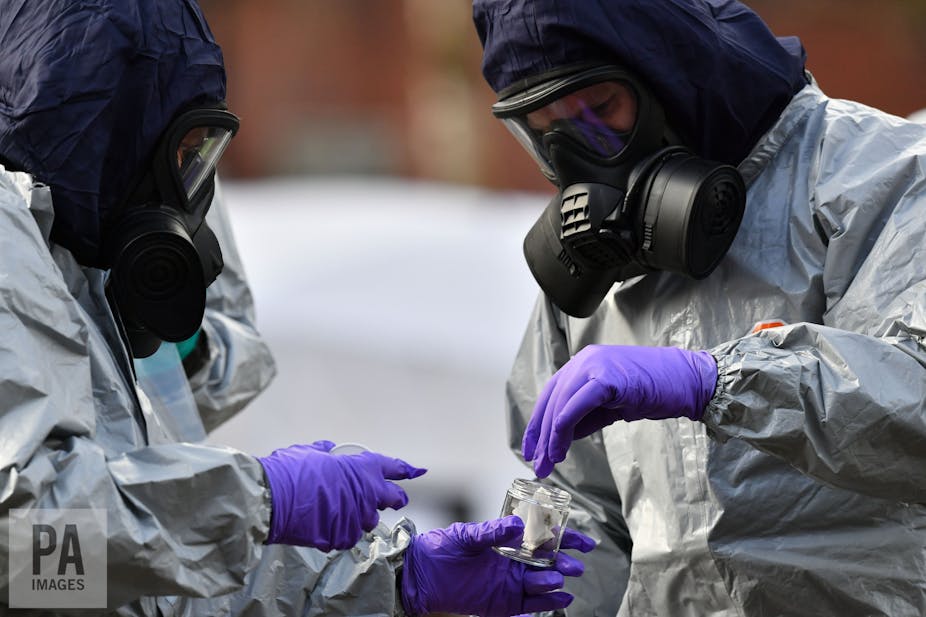AI has been used to find groundbreaking pharmaceuticals to enhance human life, but a recent study has discovered a significant potential for generating lethal biochemical weaponry instead.
Collaborations Pharmaceuticals researchers at the Swiss Spiez Laboratory investigated how drug discovery tools could be exploited. Their model created over 40,000 lethal molecules in just six hours of operation, including several closely linked to the nerve toxin VX.

According to the study titled ‘Dual use of artificial-intelligence-powered drug discovery’ for the journal Nature Machine Intelligence, they had never explored the use of AI for malevolent objectives before.
“We were vaguely aware of security concerns around work with pathogens or toxic chemicals, but that did not relate to us,” researchers wrote.
“Our work is rooted in building machine learning models for therapeutic and toxic targets to better assist in the design of new molecules for drug discovery. We have spent decades using computers and AI to improve human health – not to degrade it. We were naive in thinking about the potential misuse of our trade.”
The company’s ‘MegaSyn’ chemical search method uses machine learning to predict the bioactivity of newly found molecules. The process penalizes chemicals that are expected to be dangerous and rewards compounds that match the bioactivity they are looking for. This time, however, they supported toxicity instead. They used data from a public database to train the AI and molecules that are both synthesizable and likely to be absorbed to narrow the field.
To narrow it down even further, they chose to guide the model towards one of the most lethal chemical agents on the market, VX. According to the study, a few salt-sized grains can kill a person.
/cdn.vox-cdn.com/uploads/chorus_image/image/70637038/1939292.0.jpg)
“Many new molecules were also designed that looked equally plausible. These new molecules were predicted to be more toxic than publicly known chemical warfare agents. This was unexpected because the datasets we used for training the AI did not include these nerve agents.
“Our proof of concept thus highlights how a nonhuman autonomous creator of a deadly chemical weapon is entirely feasible. The results should serve as a wake-up call to colleagues,” the researchers said.
“The reality is that this is not science fiction. We are but one very small company in a universe of many hundreds of companies using AI software for drug discovery,” they wrote.

“By going as close as we dared, we have still crossed a grey moral boundary, demonstrating that it is possible to design virtual potential toxic molecules without much in the way of effort, time, or computational resources.
“We can easily erase the thousands of molecules we created, but we cannot delete the knowledge of how to recreate them.”
The research is published here.


